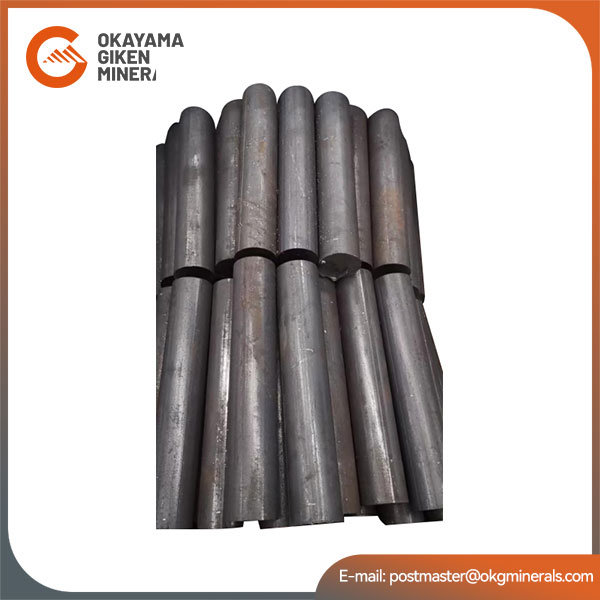Essential Maintenance Tips for Stainless Steel Rods in Industrial Settings
2025-01-02
Stainless steel rods are known for their durability and resistance to corrosion, but proper maintenance is essential to maximize their lifespan, especially in industrial environments. Here’s a guide to ensure your stainless steel rods stay in optimal condition:
1. Regular Cleaning
Industrial environments expose stainless steel rods to contaminants such as grease, oil, and chemicals. Regular cleaning is necessary to prevent surface buildup that can compromise the material’s protective layer. Use mild detergents or specialized stainless steel cleaners and rinse thoroughly with water.
2. Inspect for Damage
Routine inspections help identify surface scratches, dents, or other forms of damage. Surface imperfections can trap moisture and lead to localized corrosion. Address minor damage promptly with polishing or passivation treatments.
3. Control Exposure to Harsh Chemicals
Avoid prolonged exposure to harsh chemicals, including acids and chlorides. If exposure is unavoidable, clean the rods immediately after contact to minimize damage.
4. Prevent Galvanic Corrosion
When stainless steel rods are used with other metals, galvanic corrosion can occur. Use insulators or coatings to separate dissimilar metals and reduce the risk of corrosion.
5. Ensure Proper Storage
Store stainless steel rods in a dry, well-ventilated area to prevent moisture accumulation. If storing outdoors, cover the rods with waterproof material but ensure adequate ventilation to avoid condensation.
6. Maintain Protective Coatings
If your stainless steel rods have protective coatings or finishes, ensure they are intact. Reapply coatings as needed to maintain corrosion resistance.
7. Monitor Environmental Factors
Industrial settings often have high humidity, extreme temperatures, or chemical exposure. Monitor these factors and take corrective measures, such as installing dehumidifiers or using corrosion inhibitors.
Regular maintenance and proactive care can significantly extend the lifespan of stainless steel rods, ensuring they perform reliably in demanding industrial environments. By following these tips, you can minimize downtime and replacement costs while maintaining the structural integrity of your equipment.



